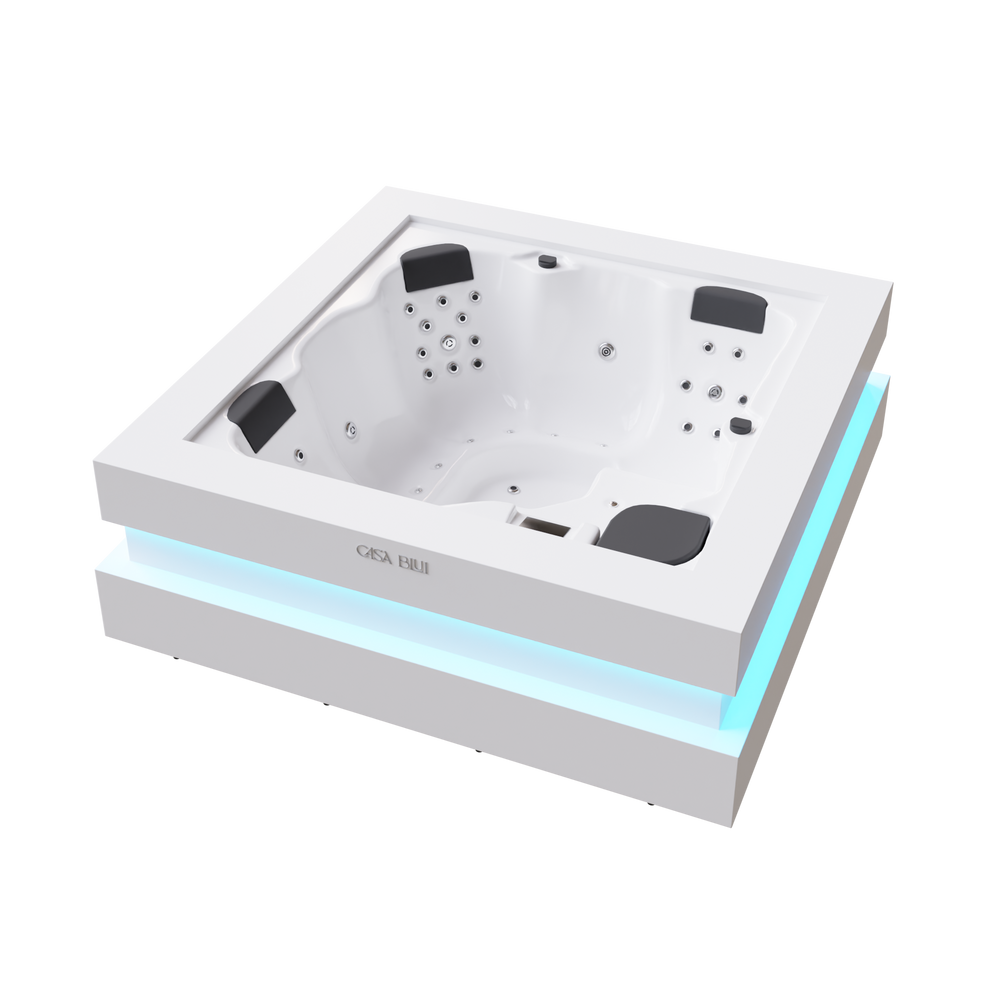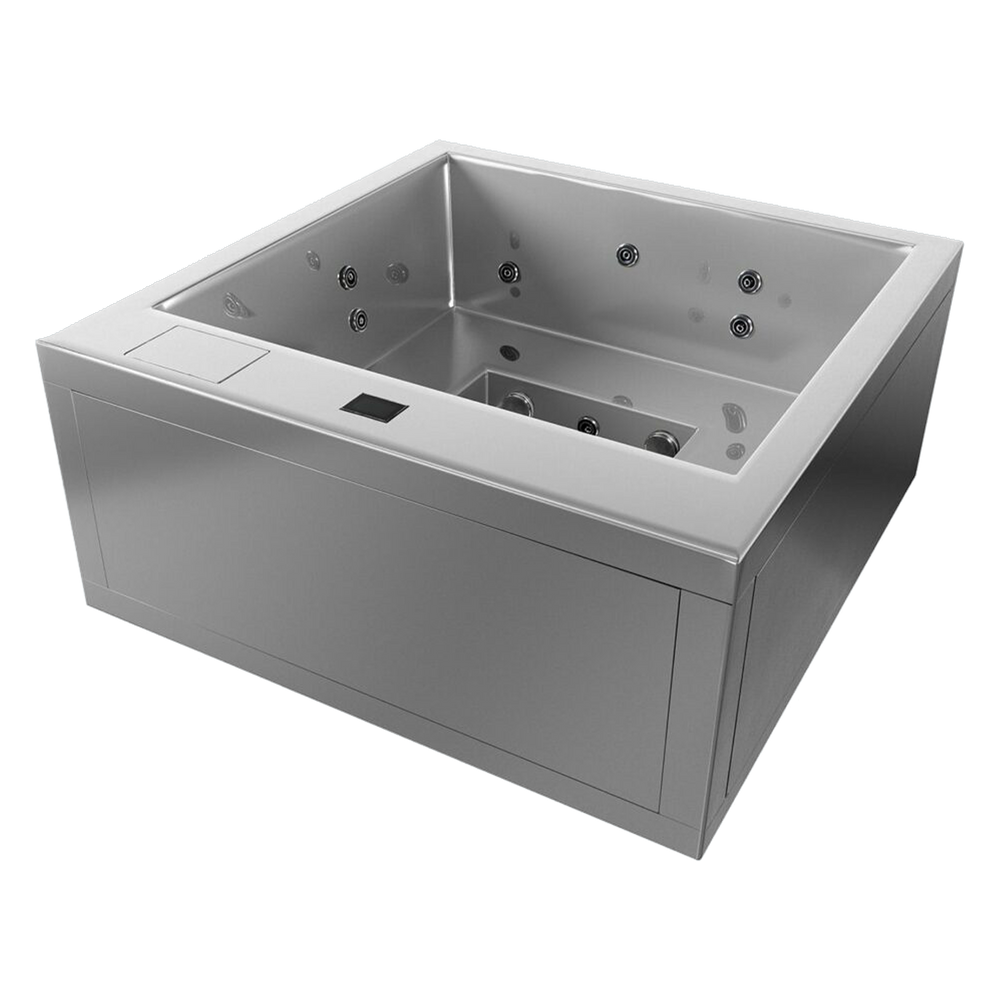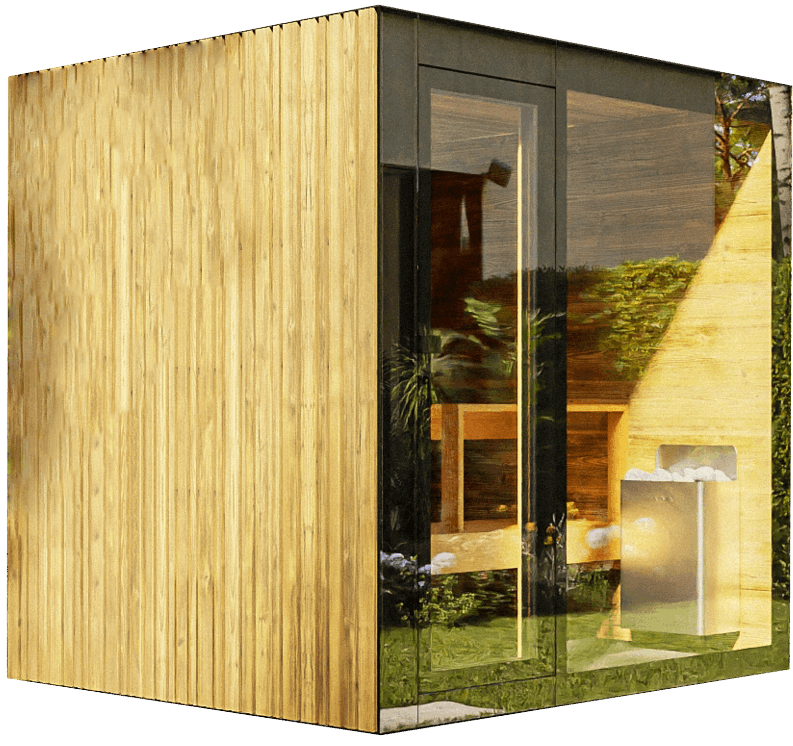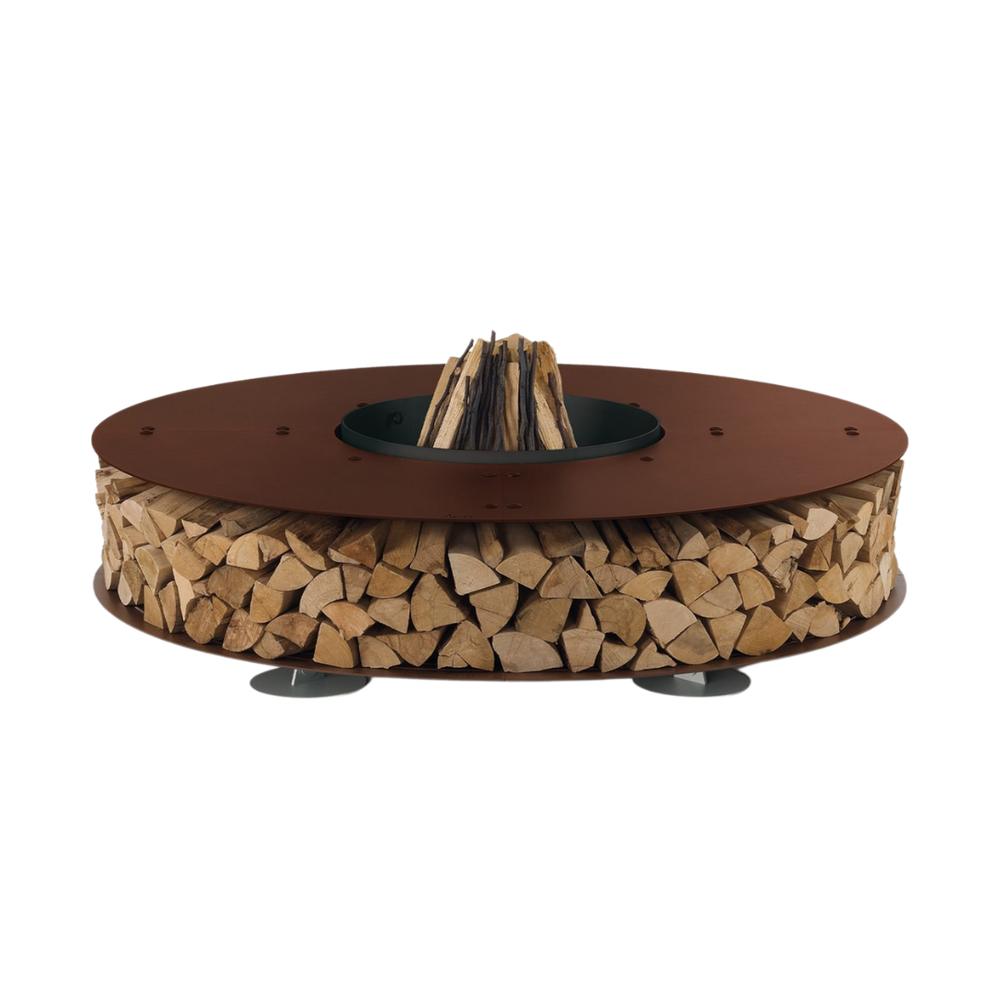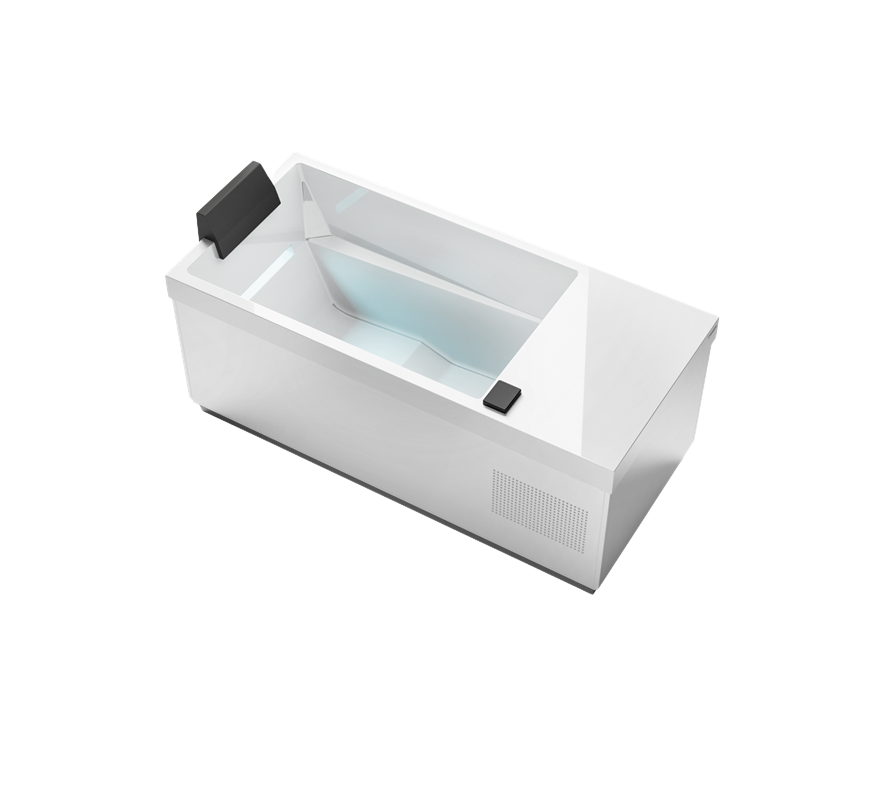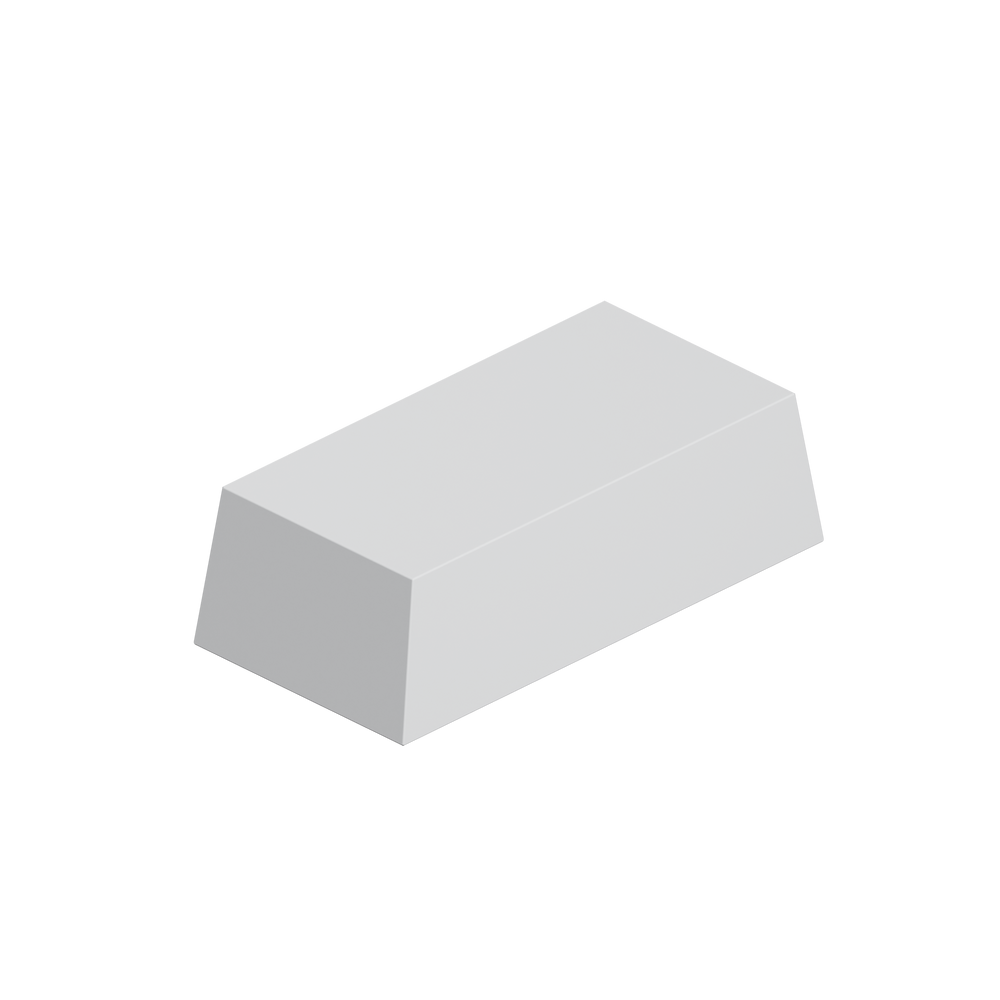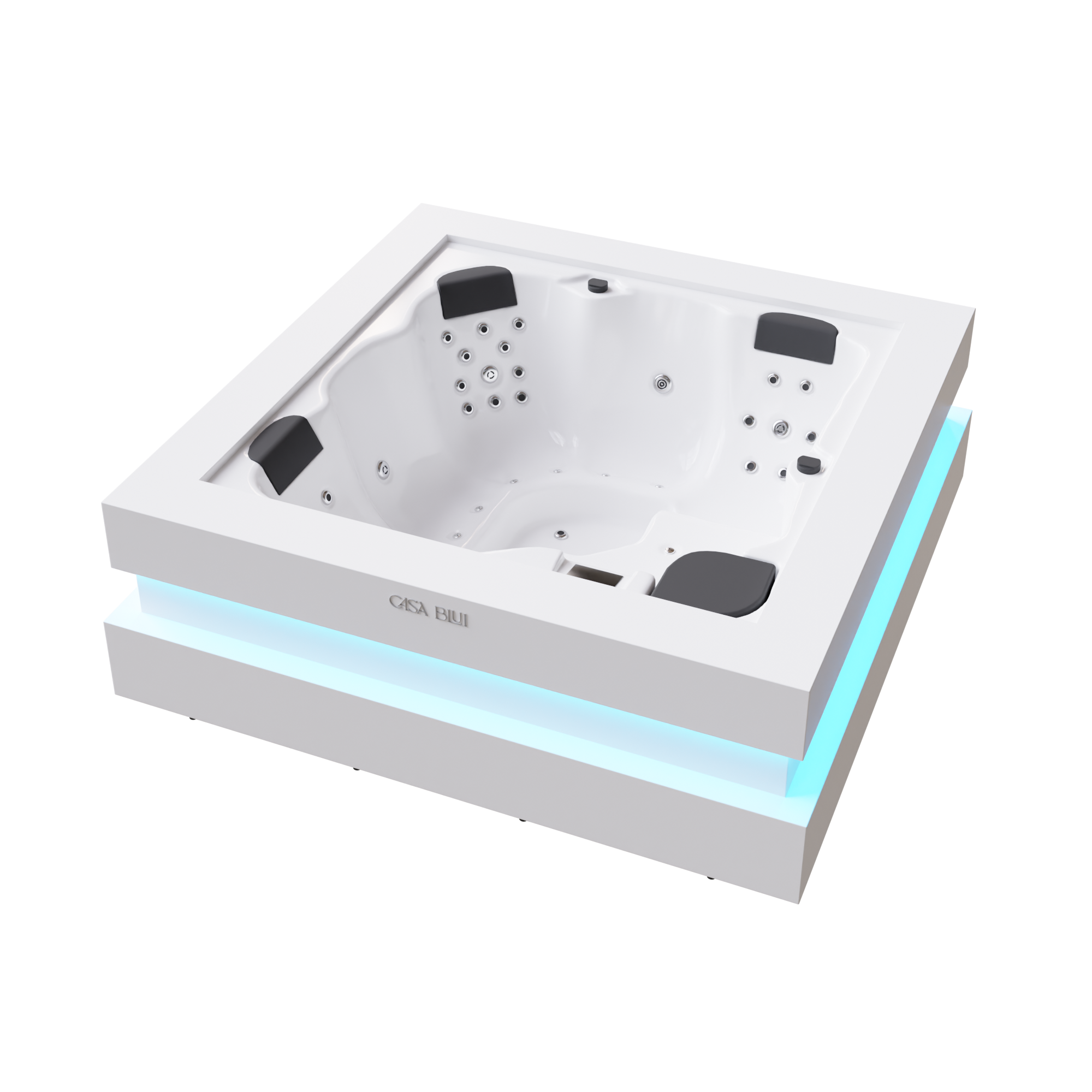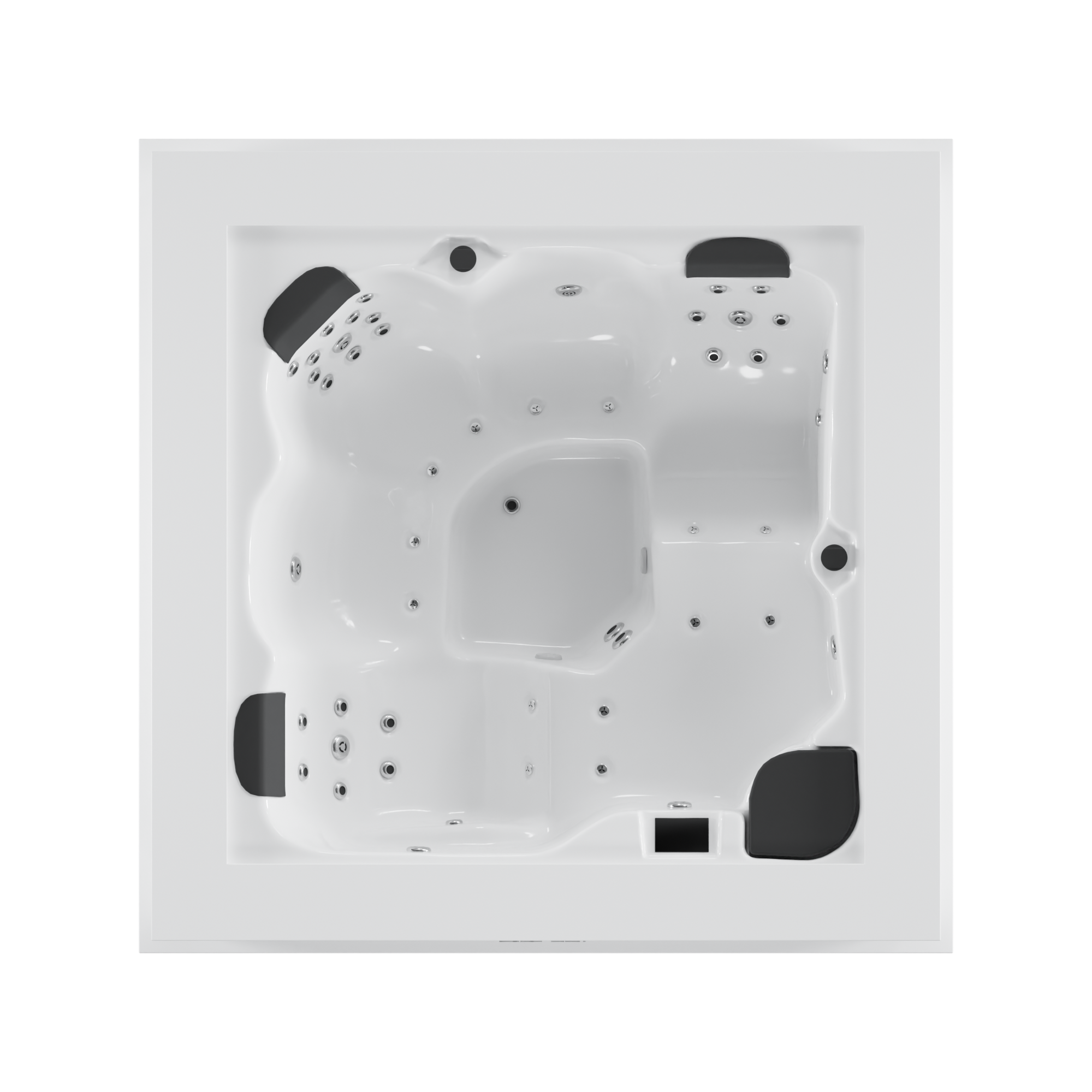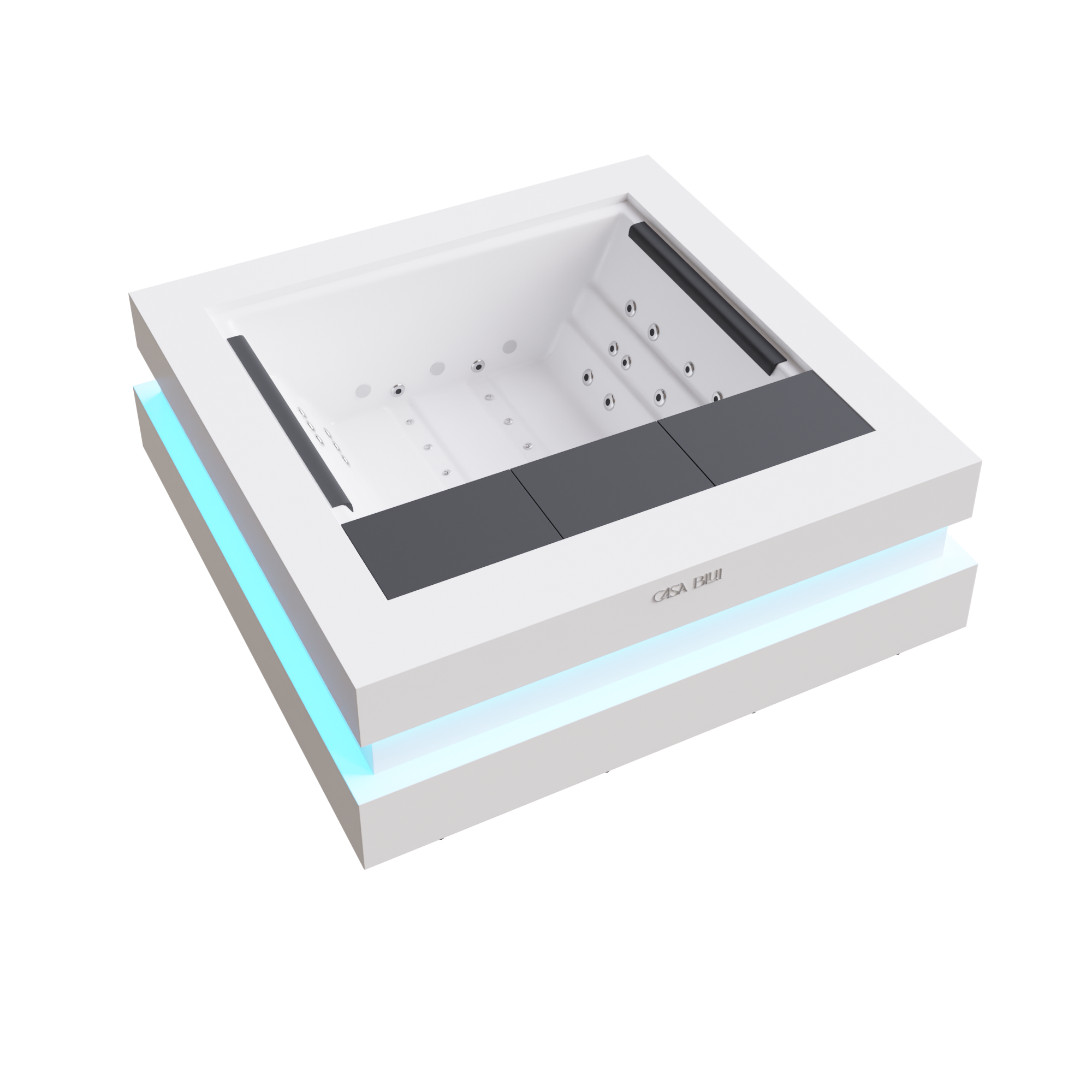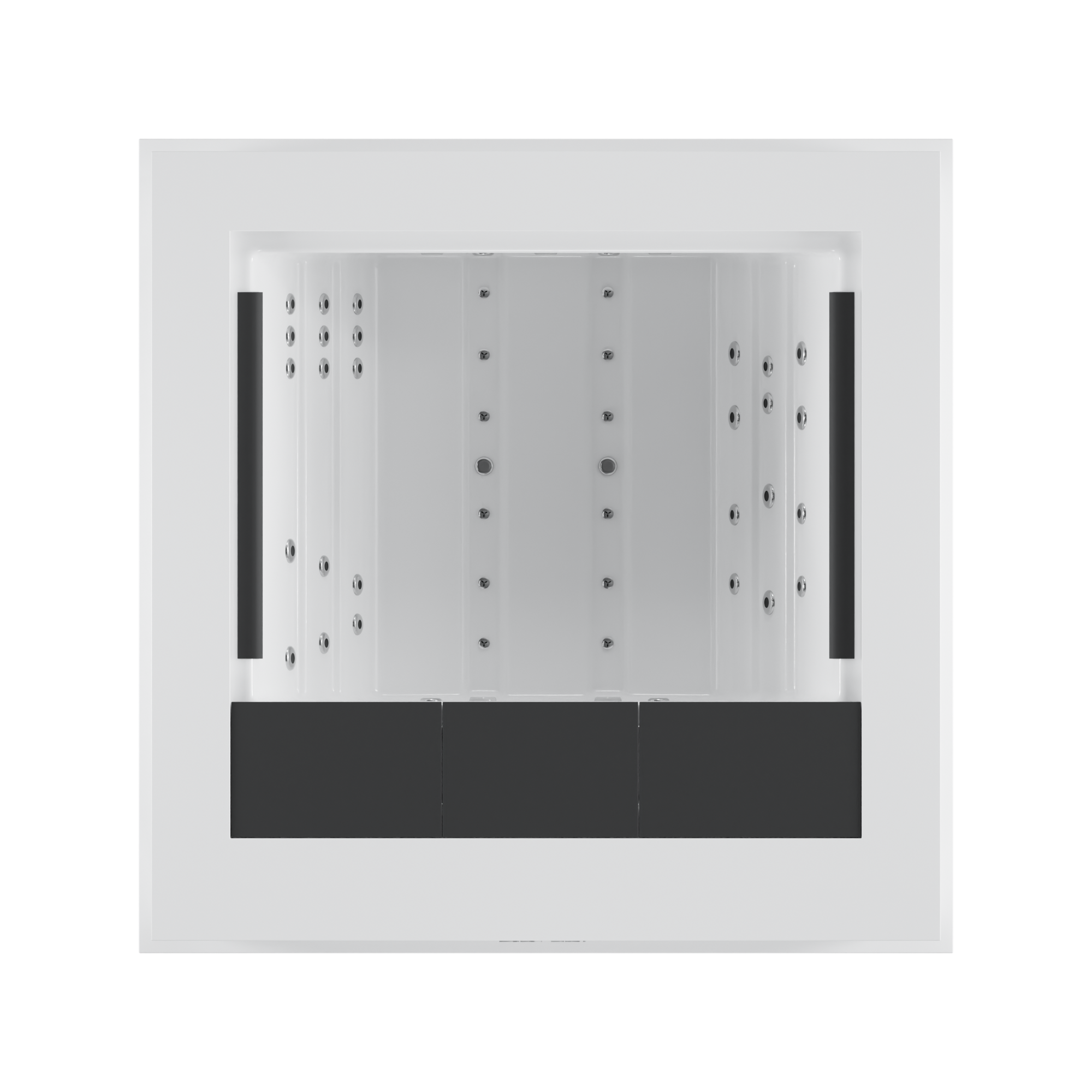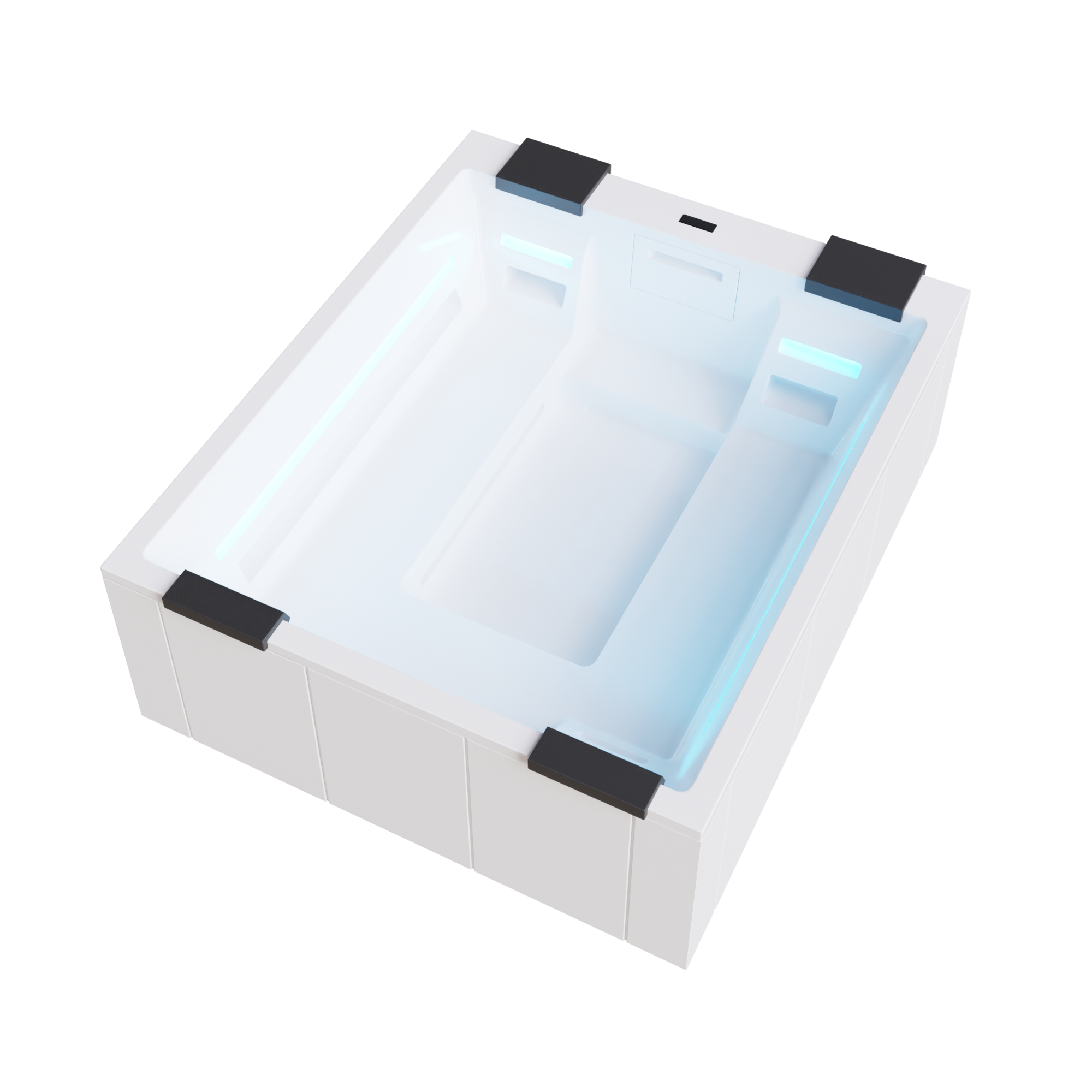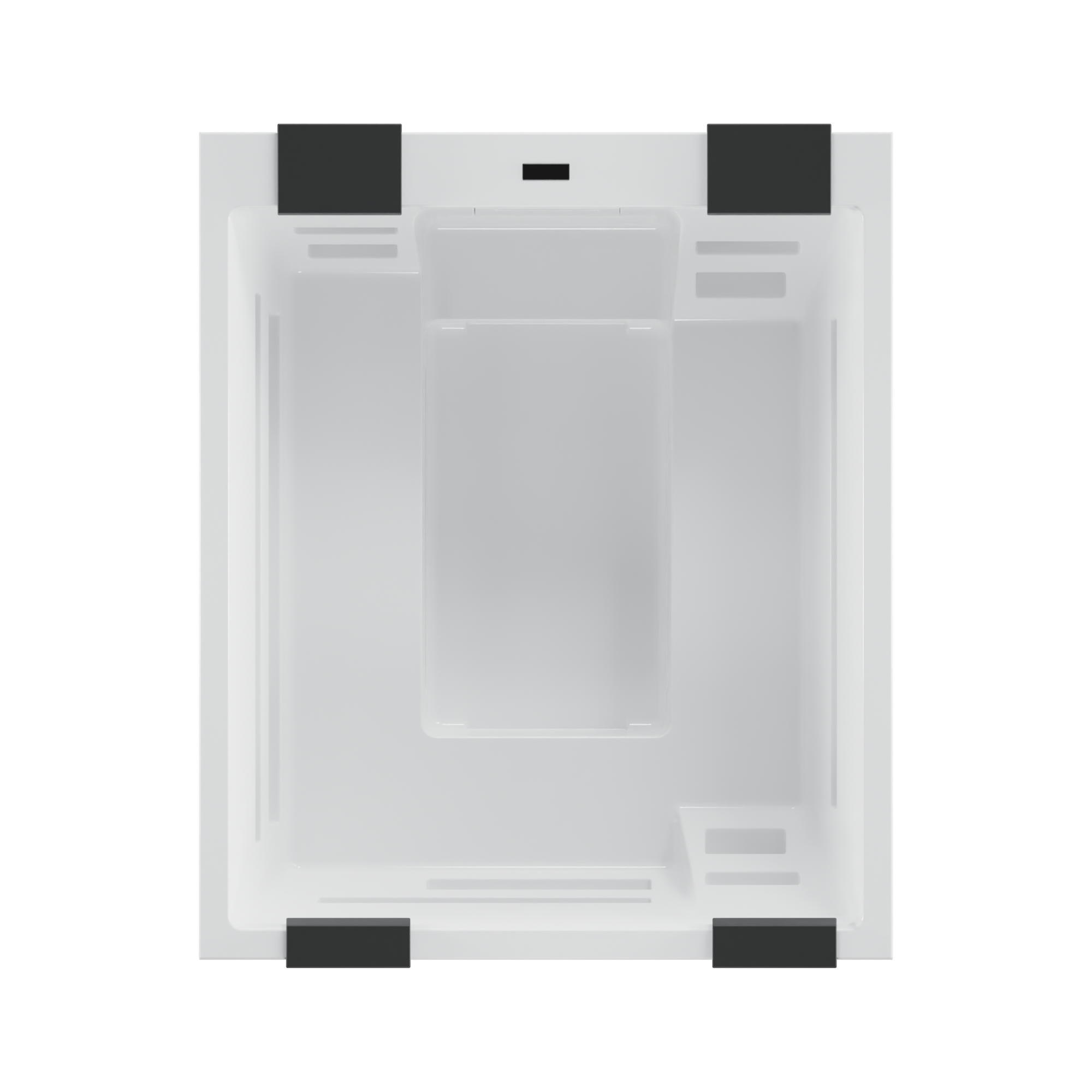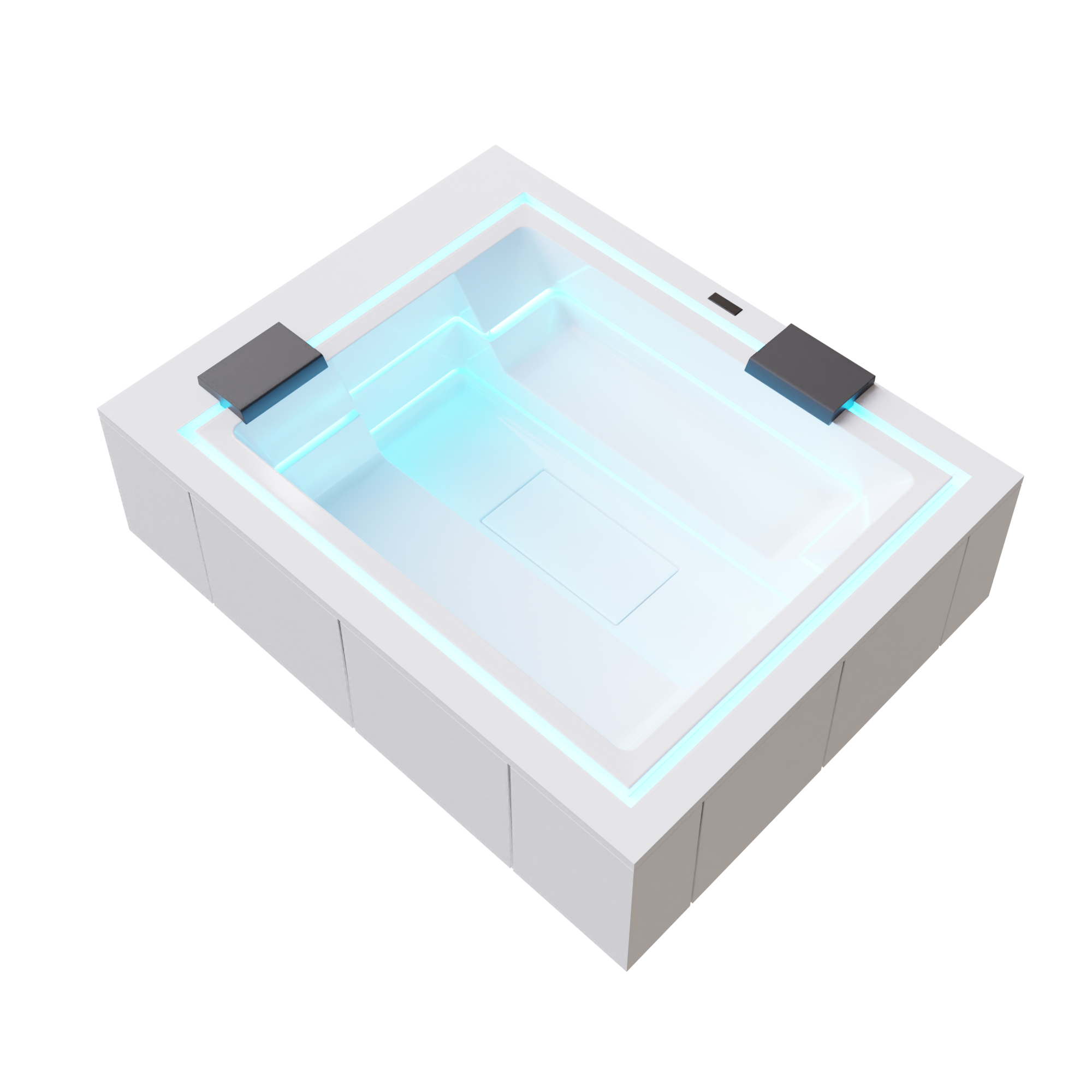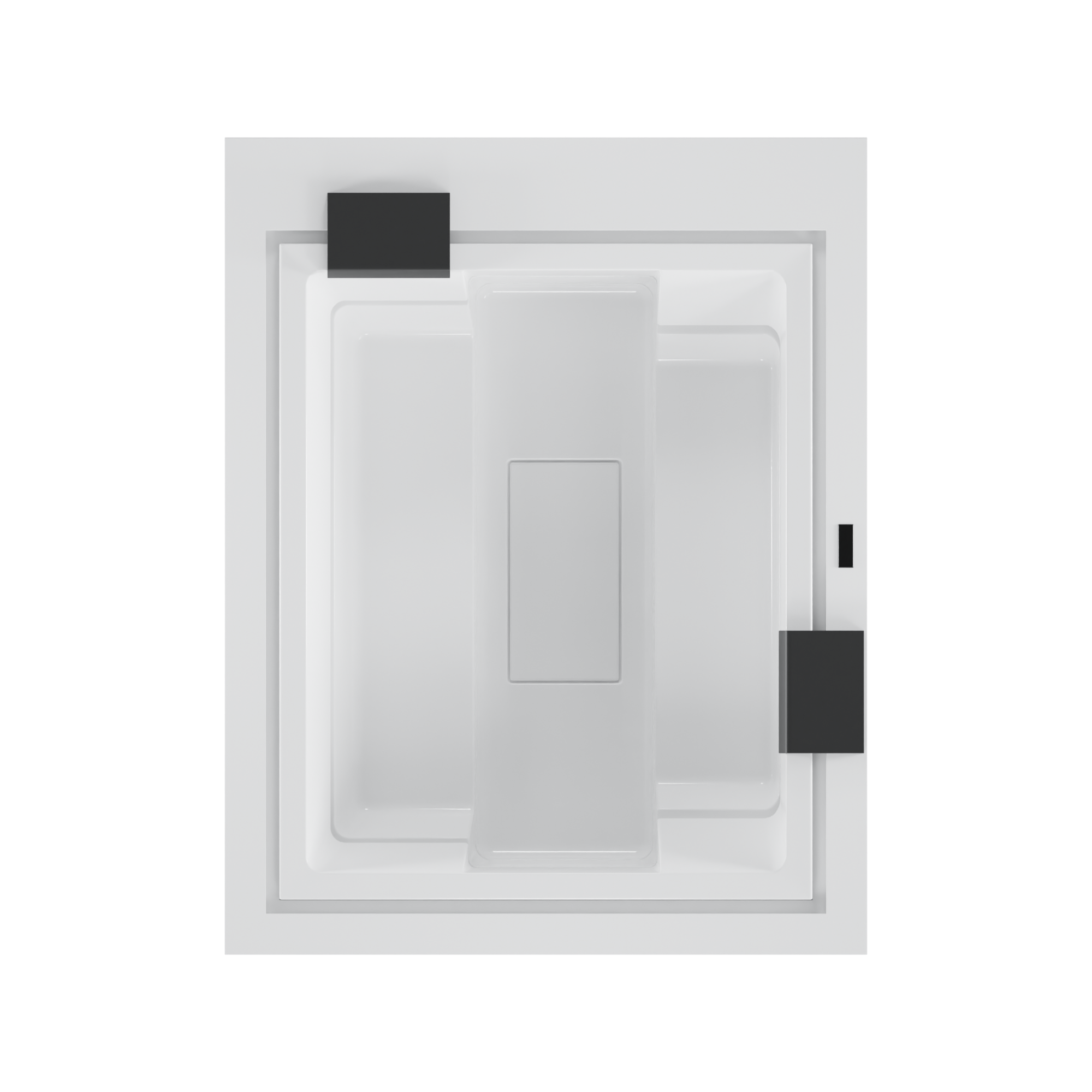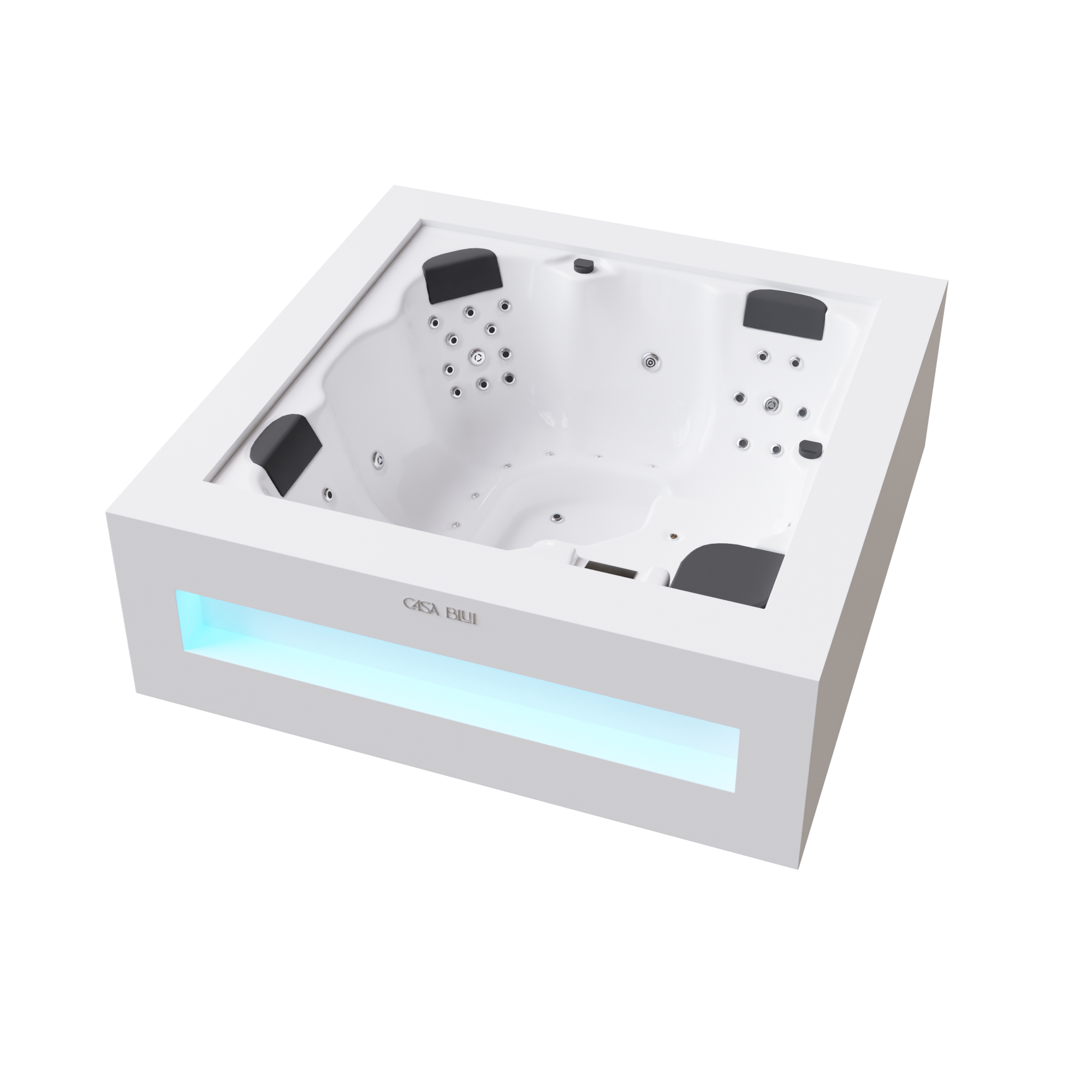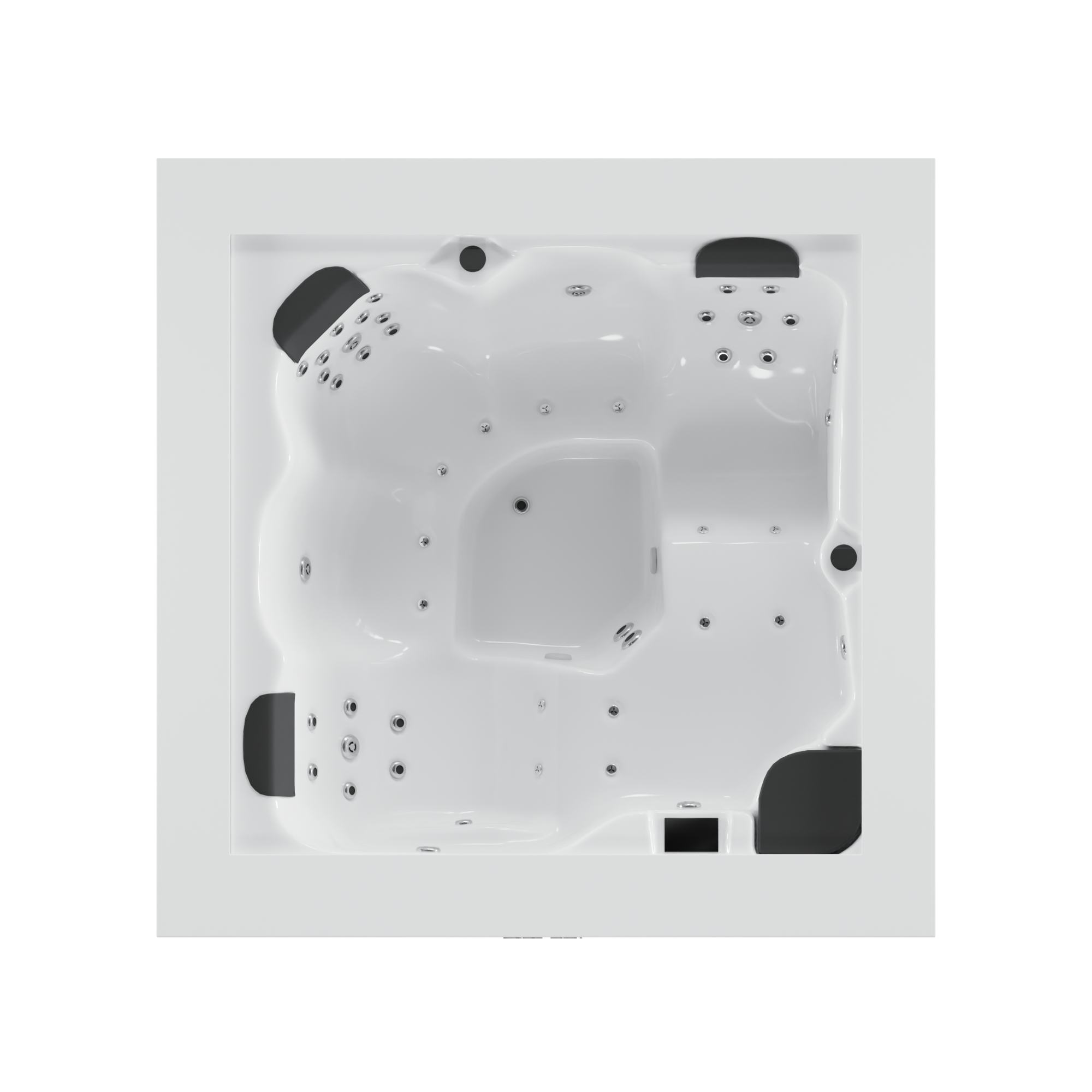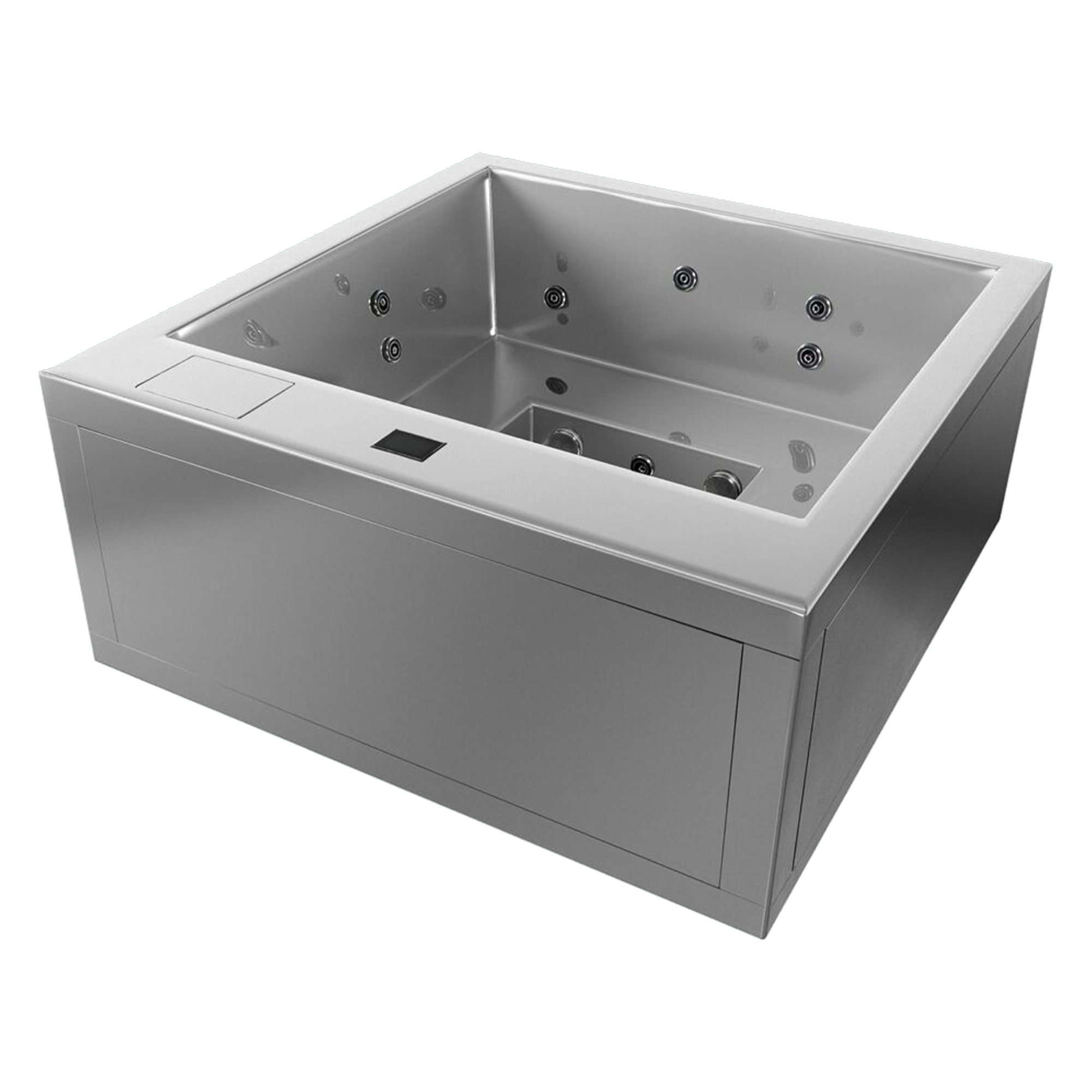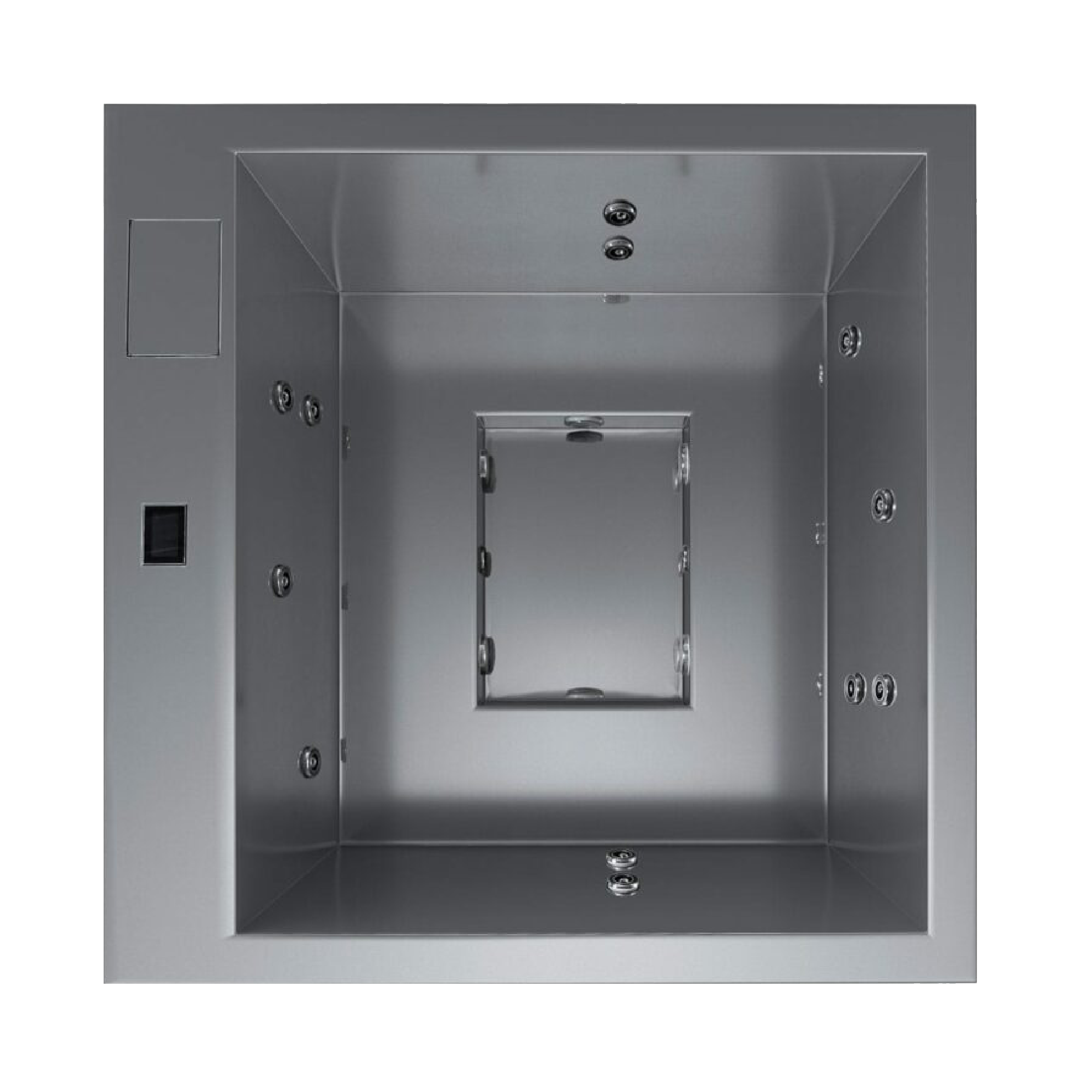Casa Blui Blog
Can I Install a Hot Tub Indoors? What You Need to Know About Humidity & Ventilation
By Aditya Rao
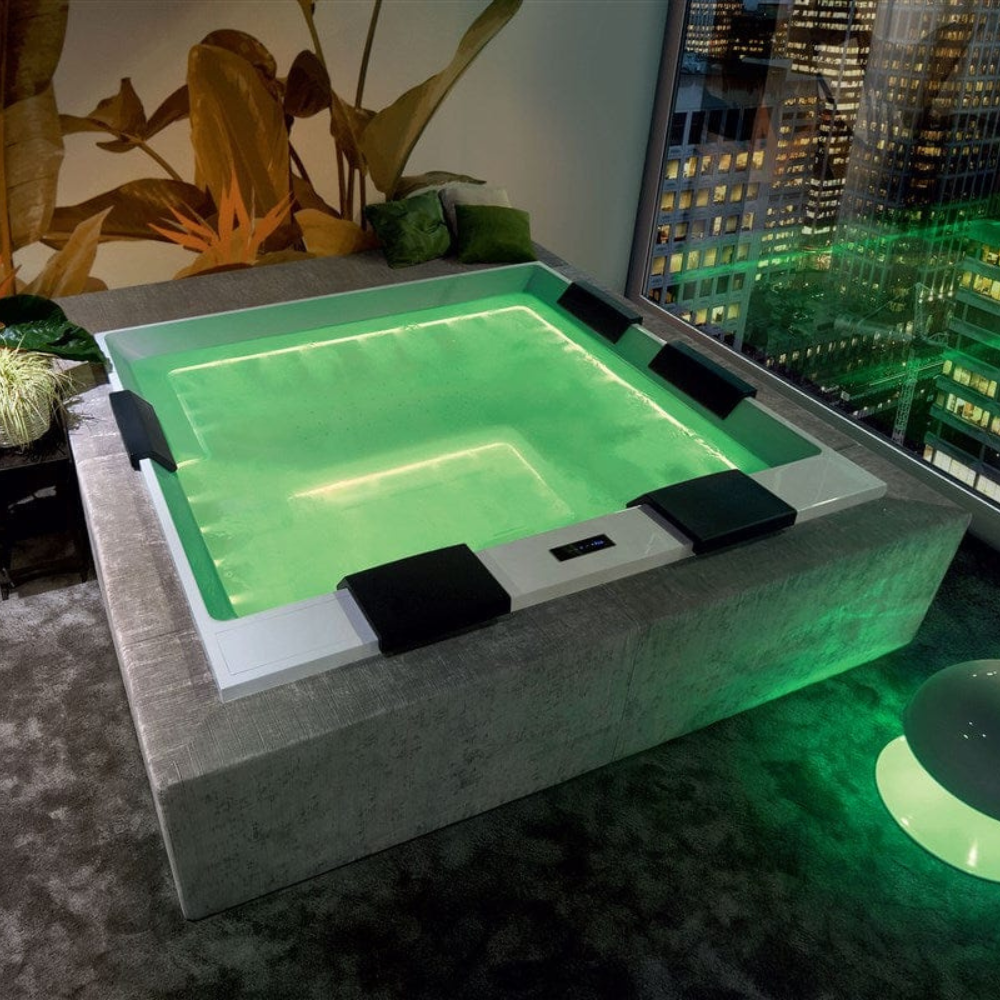
Yes, you can install a hot tub indoors—but you’ll need proper drainage, ventilation, and moisture control. Here's exactly what to plan for before bringing a spa inside. Casa Blui offers personalised design consultations for everyone! Call us if you have questions.
Can I Install a Hot Tub Indoors? What You Need to Know About Humidity & Ventilation
Indoor spas offer privacy, protection from the elements, and year-round convenience. But they also introduce major requirements—especially around moisture control, airflow, and structural support. Here’s what you need to get right.
1. Ventilation Is Non-Negotiable
Hot tubs release high humidity and airborne chemicals. Without proper ventilation, this can lead to mold, mildew, and structural damage.
- Install a dedicated exhaust fan with humidity sensor
- Ensure a minimum of 6 air changes per hour in the spa room
- Dehumidifiers (preferably commercial grade) may be necessary for enclosed spaces
2. Flooring Must Be Water-Resistant and Load-Bearing
Hot tubs weigh thousands of pounds when filled. Indoor floors must handle both weight and potential water exposure.
- Use non-slip, waterproof flooring like sealed concrete, tile, or vinyl plank
- Verify floor support can handle 100–120 lbs per sq. ft. (especially for second-floor installs)
- Include a floor drain or gentle slope toward one
3. Drainage Access Is Crucial
You’ll need a way to safely and easily drain the tub. Most units have gravity drains, so ensure water can exit without flooding or damaging floors.
- Plan for a nearby floor drain or pump-assisted drainage line
- Keep spa away from drywall or other absorbent materials
4. Moisture-Proof the Room
Seal ceilings and walls with moisture-rated paint or finishes. Consider vapor barriers behind walls to prevent long-term water damage.
- Use marine-grade paint or cement board around spa walls
- Install moisture barriers behind finished surfaces if walls are framed
5. Electrical Safety
- All wiring must follow NEC guidelines for indoor wet spaces
- Use a licensed electrician for GFCI-protected circuits
- Position disconnect switches outside the spa zone but within sight
Is Indoor Installation Worth It?
Absolutely—if done right. You’ll gain year-round spa access, zero weather constraints, and better privacy. But the initial setup must be handled professionally to avoid costly problems.
Final Word
If you’re serious about indoor spa comfort, start with proper planning. From airflow to drainage to structure, your home deserves a spa that doesn’t just fit—it lasts.
